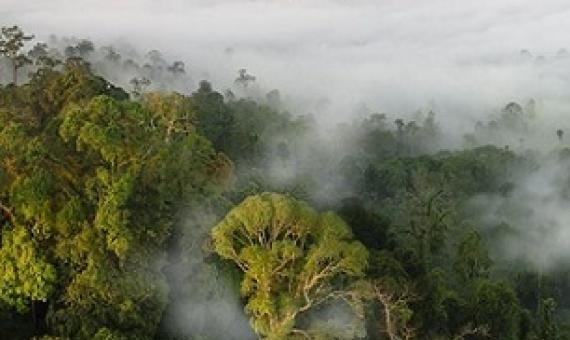Efforts should be directed towards addressing a lack of accountability in governing mangrove marine protection areas (MPA), experts said at the ongoing fifth International Marine Protected Areas Congress in Canada.
Advancing social equity and through marine conservation
Substantial efforts and investments are being made to increase the scale and improve the effectiveness of marine conservation globally. Though it is mandated by international law and central to conservation policy, less attention has been given to how to operationalize social equity in and through the pursuit of marine conservation. In this article, we aim to bring greater attention to this topic through reviewing how social
equity can be better integrated in marine conservation policy and practice. Advancing
Session 10: Governance that Works for Nature Conservation (Video)
This session will explore three levels of governance: regional, national and interinstitutional. Through concrete examples at each level, the speakers will describe how governance is organized today in the region at different scales, how enforcement is ensured, and what issues are encountered at every level. Ideally, the outcomes of the session should constitute a good base to build guidelines useful to improve the efficiency to stakeholders in charge of nature conservation and protected areas.Call Number: [EL]Physical Description: 1:04:13
IUCN WCPA Technical Note - Equity in conservation – what, why and how?
Achieving the target to conserve 30% of land and sea requires strong emphasis on equity. Equity in conservation is a matter of governance and includes recognition and respect for actors and their human and resource rights, equity in procedure (e.g., participation, accountability) and equitable cost/benefit distribution. Equity in conservation is crucial both for ethical reasons and for effective conservation and applies both to conservation actions on site, and to complementary actions designed to support conservation (e.g., stewardship incentives, support for local schools).
The pressure for both local level management and international conservation efforts foster a “scale mismatch,” in which the levels of governance of these two approaches feel at odds.
Lessons learnt in global biodiversity governance
INEA has featured many articles covering the dilemmas, puzzles, and tensions related to global biodiversity governance; this coverage was infrequent in earlier issues but has steadily increased as both environmental diplomacy and international law on biodiversity conservation and environmental justice have expanded. Using the defnition found in the Convention on Biological Diversity, we scanned INEA articles and derived several lessons learnt over the 2000–2020 period.
Coral Triangle
Coral Triangle documents
The concept of MPA governance refers to the mix of approaches used at each MPA to steer user behavior. This steering is done through some combination of state control (‘top-down’), community-based approaches (‘bottom-up’), and market forces.
A new report condemns the system for failing to protect our landscapes and calls for more direction from central government. The Environmental Defence Society's just released Synthesis Report argues national and local policy is disjointed and fragmented, with protection of nationally im
Protected Area Governance and Management
The world’s more than 200 000 protected areas come
in many forms, on land and at sea, and occur in every
country (Bertzky et al. 2012). They are places that people
establish to conserve natural and cultural heritage and
to sustain their benefits for society. Among other values,
protected areas allow people to connect with nature for
their inspiration, education, well-being and recreation.
While protecting ecosystems that are essential for life,
they can support human livelihoods and aspirations
and offer nature-based solutions for the complex










